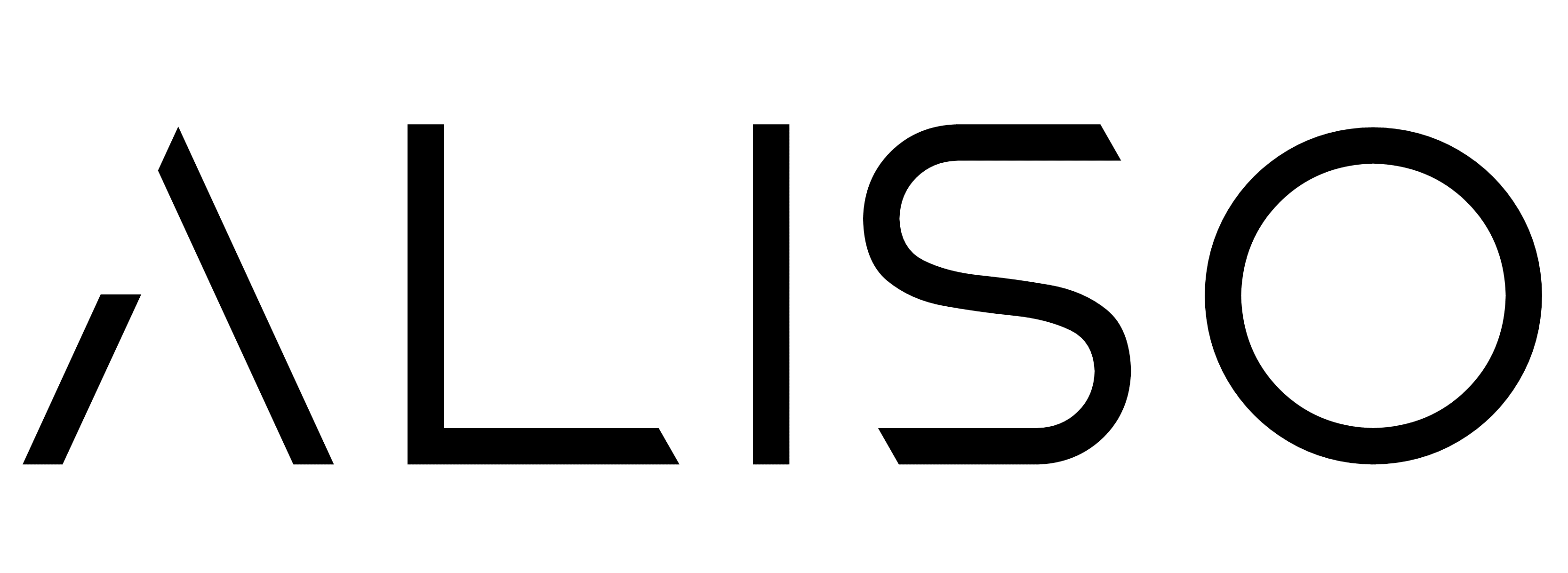Onboarding and training are critical components of any organisation’s success. Yet, for many companies, these processes are plagued by inefficiencies, inconsistencies, and unnecessary costs. Knowledge management tools and procedure guides are game-changers in this arena, offering a systematic way to streamline onboarding and training while fostering a well-prepared and confident workforce.
Research by Glassdoor reveals that a strong onboarding process can improve employee retention by 82% and productivity by over 70%. However, for many organisations, onboarding remains an ad hoc process reliant on the availability and memory of senior employees. This approach often leads to frustration, errors, and a prolonged learning curve for new hires. By implementing structured knowledge management tools and procedure guides, businesses can transform their onboarding process into a seamless, effective system.
The Role of Knowledge Management Tools
Knowledge management tools serve as a central repository of information that employees can access anytime. These tools organise and store everything from company policies and process workflows to FAQs and troubleshooting guides. For example:
- In healthcare, new nurses can refer to digital procedure guides to understand safety protocols or medication guidelines without needing constant supervision.
- In the tech industry, developers can quickly access API documentation and workflow diagrams to get started on projects immediately.
By having these resources readily available, employees can onboard faster and with greater confidence.
How Procedure Guides Simplify Training
Procedure guides are step-by-step instructions that outline how to perform specific tasks or processes. Unlike verbal explanations or informal notes, procedure guides are consistent, detailed, and easily updated as processes evolve. For industries with complex workflows, such as manufacturing or finance, procedure guides ensure that no critical steps are overlooked.
Consider the example of a manufacturing plant onboarding a new machine operator. Instead of relying on an experienced employee to spend hours explaining the operation, the company provides a clear, illustrated guide. The operator can follow the steps, reference troubleshooting tips, and even watch video demonstrations embedded in the guide. This not only saves time but also reduces the risk of operational errors.
Benefits Across Industries
The advantages of using knowledge management tools and procedure guides extend across industries, from retail to education:
- Retail: Store associates can access guides for handling point-of-sale systems or resolving customer complaints, enabling them to perform efficiently from day one.
- Education: Teachers and administrative staff can use procedure guides for grading systems, lesson planning software, or school policies, reducing the time spent on repetitive inquiries.
- Hospitality: New hires in hotels or restaurants can learn operational standards, such as guest check-in processes or kitchen safety protocols, without constant oversight.
Saving Time and Reducing Supervision
One of the most significant benefits of structured onboarding and training is the reduction in supervision required. A survey by Training Industry magazine found that companies with formal training programs spend 50% less time supervising new hires compared to those without. By freeing up senior staff from repetitive training tasks, businesses can redirect their focus to strategic initiatives or customer-facing roles.
In addition, procedure guides and knowledge management tools empower employees to solve problems independently. When an employee can answer their own questions by referencing a guide or knowledge base, they build confidence and competence faster.
The Consequences of Ineffective Onboarding
Failing to invest in proper onboarding and training resources can have costly repercussions. A study by Gallup found that only 12% of employees strongly agree that their company does a great job onboarding. Poor onboarding often leads to high turnover, which can cost businesses up to 150% of an employee’s annual salary to replace them.
Moreover, inconsistent training can result in errors, inefficiencies, and even safety risks. In industries like construction or healthcare, this can have severe consequences for both employees and customers.
Leveraging Technology for Smarter Onboarding
Modern technology offers innovative solutions to make onboarding and training even more effective. Tools like LMS platforms (Learning Management Systems) and digital procedure guides can include multimedia elements such as videos, interactive quizzes, and real-time feedback. These features make learning more engaging and accessible for employees, regardless of their learning styles.
For example, a financial services company might use an LMS to train new hires on compliance regulations through interactive modules. Employees can complete the training at their own pace while managers track progress and performance metrics.
The Future of Onboarding and Training
As organisations embrace digital transformation, the integration of knowledge management tools and procedure guides will become even more critical. AI-powered tools are already being used to personalise onboarding experiences, identifying gaps in an employee’s knowledge and recommending specific resources to address them.
In the near future, we can expect virtual reality (VR) and augmented reality (AR) to play a role in onboarding, allowing employees to experience real-world scenarios in a simulated environment. Imagine a retail employee practicing customer interactions in a VR setting or a pilot training on flight protocols through AR overlays.
When employees feel equipped and empowered from the start, they’re more likely to stay, contribute, and thrive in their roles. And for businesses, that translates to better performance, lower costs, and a stronger foundation for growth.
Effective onboarding and training are not just about ticking boxes—they’re about setting employees up for long-term success. Knowledge management tools and procedure guides eliminate guesswork, reduce errors, and save time for both new hires and their supervisors. Regardless of the industry, investing in structured training resources is a win-win for organisations and employees alike.






